

Max Davies
How Audi, BMW, Honda, Mercedes-Benz, and Suzuki started out in Australia, and where they are now
5 Hours Ago
The Kia Sorento is a well-equipped SUV with space for the whole family, and the Sport+ shapes as the smart buy in the range.
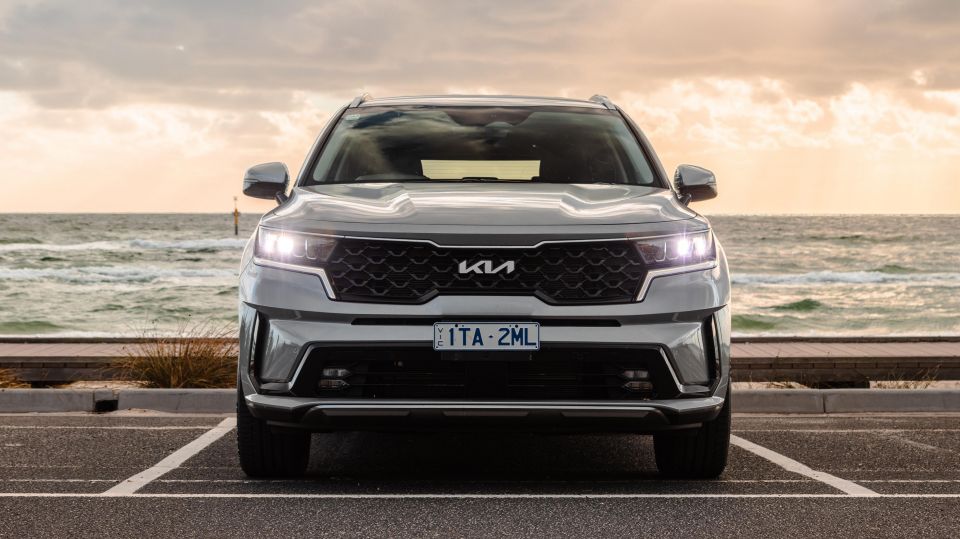
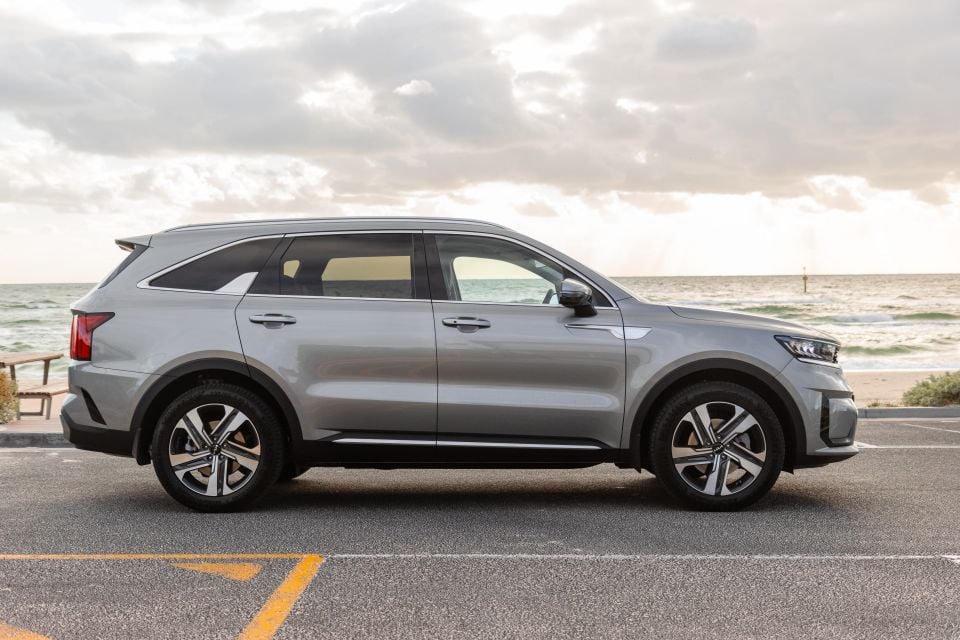

Quickly see how this car stacks up against its competition. Select any benchmark to see more details.
Where expert car reviews meet expert car buying – CarExpert gives you trusted advice, personalised service and real savings on your next new car.
Forget about the electric EV6 and rear-wheel drive Stinger, the Kia Sorento could well be the best way for the Korean brand to change perceptions about its brand in Australia.
It has a bolder look than before, while the cabin is meaningfully more upmarket than that of its predecessor, and the new engine line-up promises better efficiency than before.
That’s not why the Sorento is so important, though.

Rather than car meets or charging stations, the Sorento struts its stuff in the school carpark. There’s no better way to spread the good word about a particular car than a bit of pre-pickup chatter, and the Sorento should generate plenty.
With 5216 sold in 2021 and close to year-long waitlists on some models, it’s clear word is getting around.
It’s no surprise, then, Kia hasn’t meddled with the formula too much for 2022. Along with its sleeker new badge, the only change to the Sorento is a steeper price tag – in other words, it’s still a very good thing.
The Sorento Sport+ V6 FWD on test here has a list price of $54,850 before on-road costs, or a nationwide drive-away price of $58,390 at the time of publish.
Although it has the second-longest standard equipment list of any Sorento, it sits in the middle of the price list. That’s because diesel models are $3000 more their petrol equivalents.
The Sorento goes head-to-head with the Hyundai Santa Fe Elite V6 ($56,000 before on-roads), the Toyota Kluger GXL FWD ($56,850 before on-roads), and the Mazda CX-9 Touring FWD ($53,590 before on-roads).

2022 Kia Sorento pricing:
Prices exclude on-road costs unless specified.
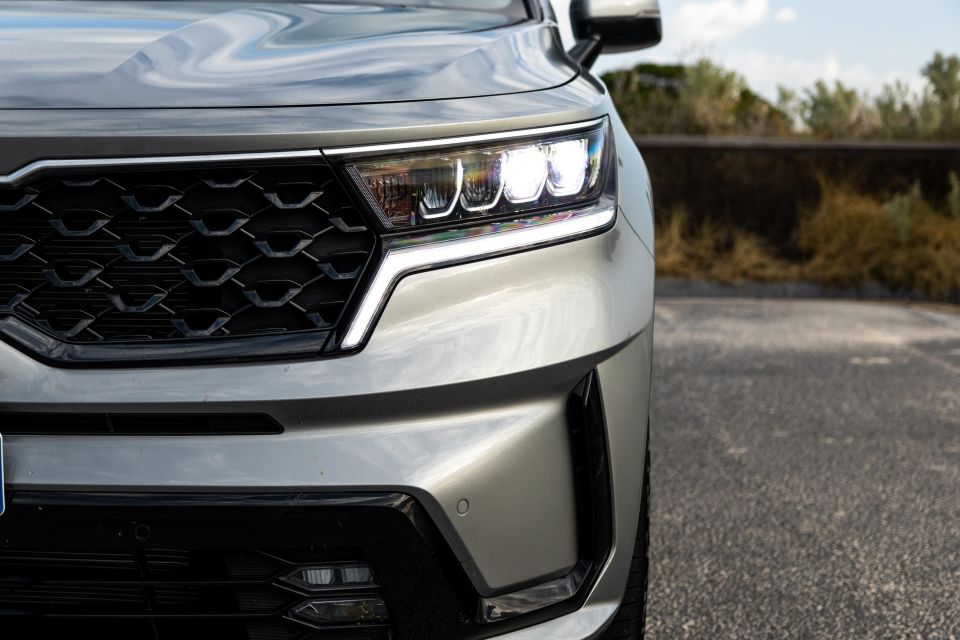
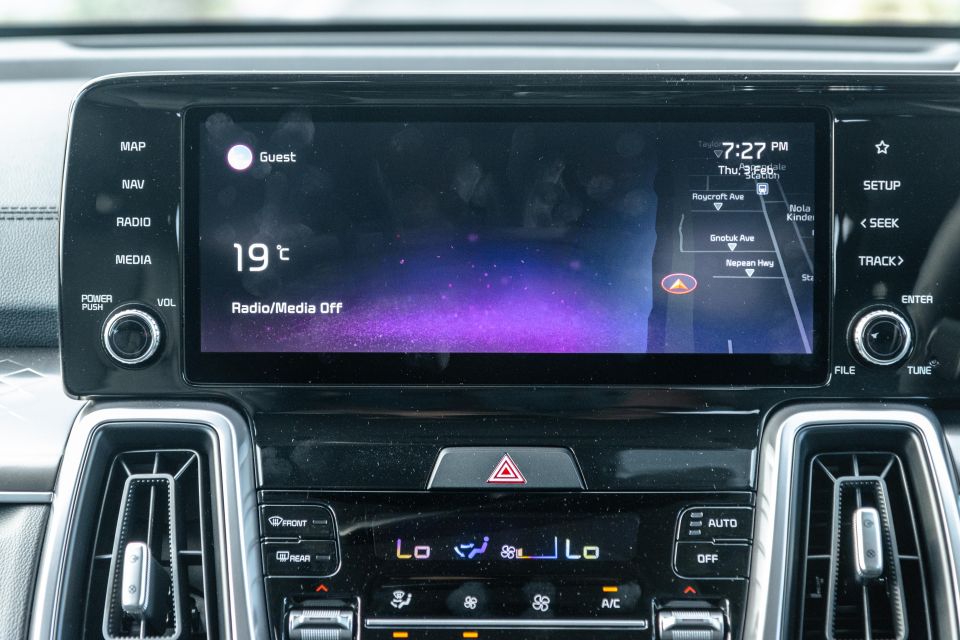
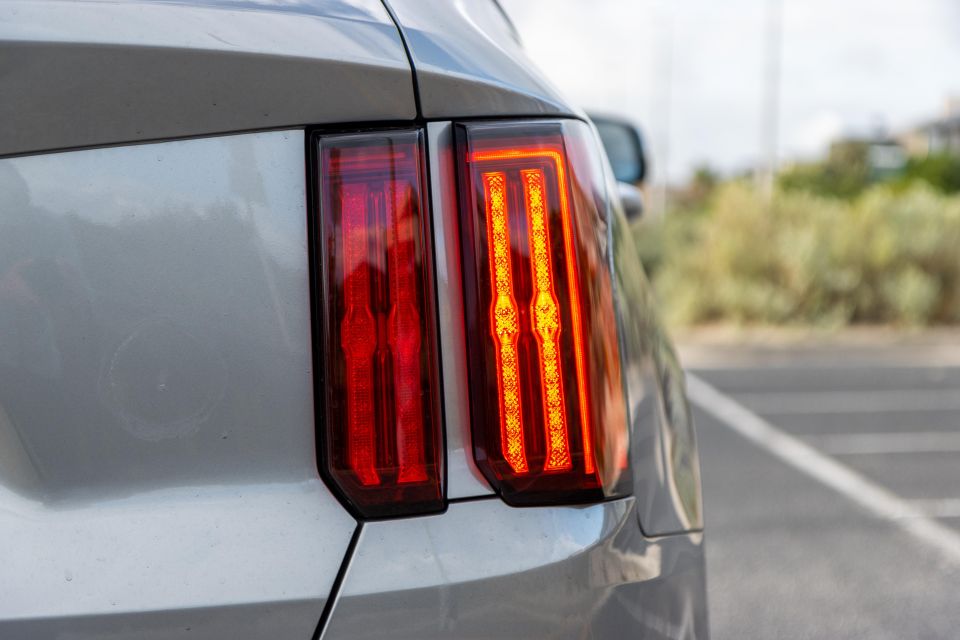
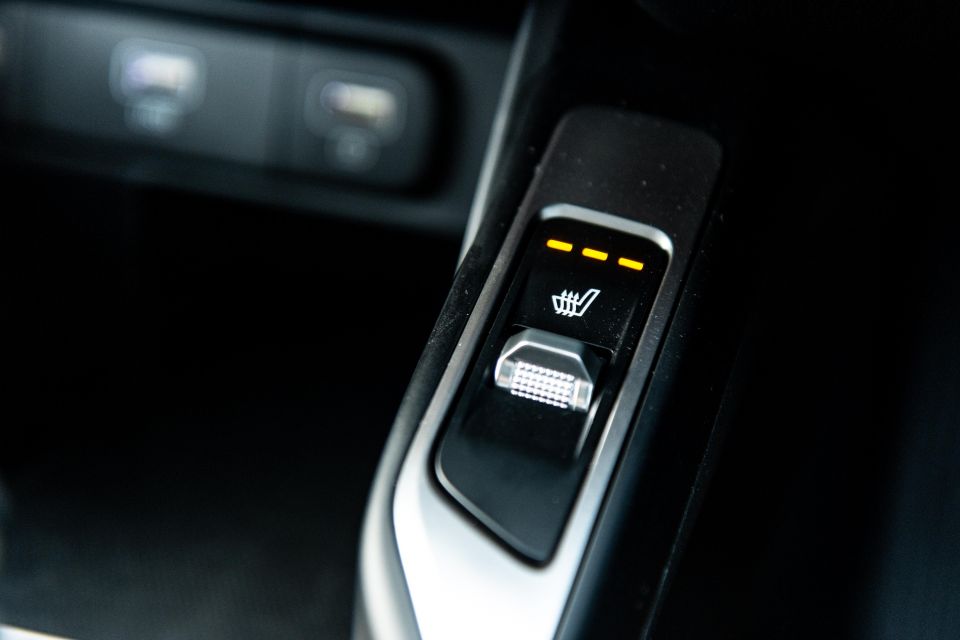
Buy your new car without the stress. It's fast, simple and completely free.

Great service from Travis and team, second time I have used this business would not hesitate to recommend them to anyone
Craig C.
Purchased a Ford Ranger in Sunshine Coast, QLD
CarExpert helped Craig save thousands on his Ford Ranger, now let us save you on your next new car.
Find a dealThe Sorento Sport+ sits one step below the GT-Line, and is designed to offer a strong set of luxury features at a more palatable price point.
Standard equipment includes:
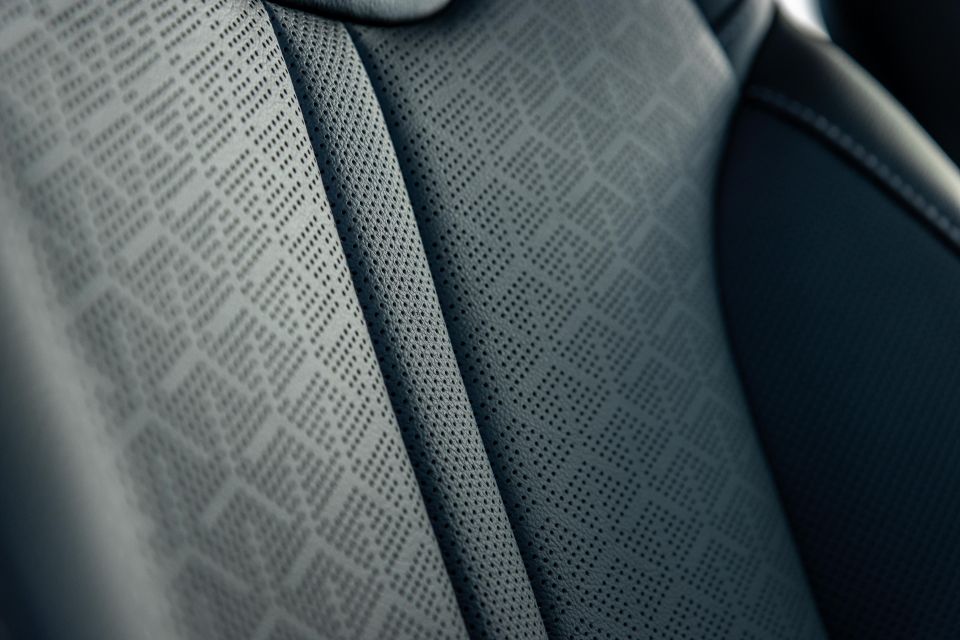
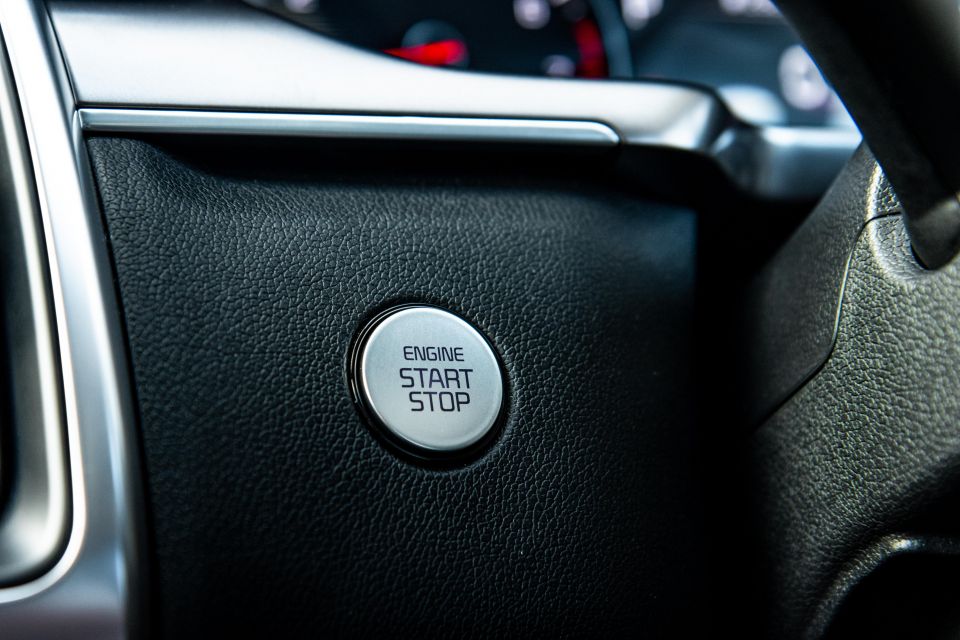
That’s atop the following features, which are standard on cheaper models:

The Kia Sorento has a five-star ANCAP safety rating based on testing carried out in August 2020.
It scored 82 per cent for adult occupant protection, 85 per cent for child occupant protection, 63 per cent for vulnerable road user protection, and 89 per cent for safety assist.
All Sorentos come standard with the following:
The third-row curtain airbags cover the rear windows, but don’t fully extend to the D-pillar.
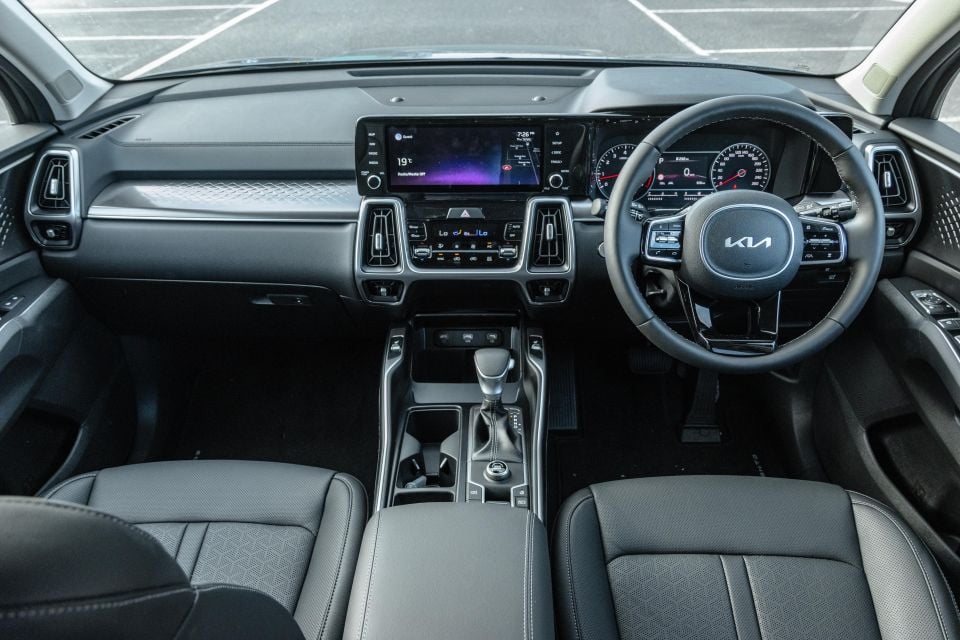
The Sorento offers an appealing blend of style and practicality behind the wheel.
Although it isn’t the range-topper, the Sport+ doesn’t have any blank buttons or particularly cheap-feeling parts. It’s impressively luxurious.
The driver and passenger sit in heated, leather-trimmed armchairs that offer plenty of support on longer drives. The driving position is good, with more than enough adjustment to accomodate lanky drivers – or to allow small drivers a good look at the road ahead.
With generously padded armrests and a quality steering wheel, it’s a plush place to spend time.
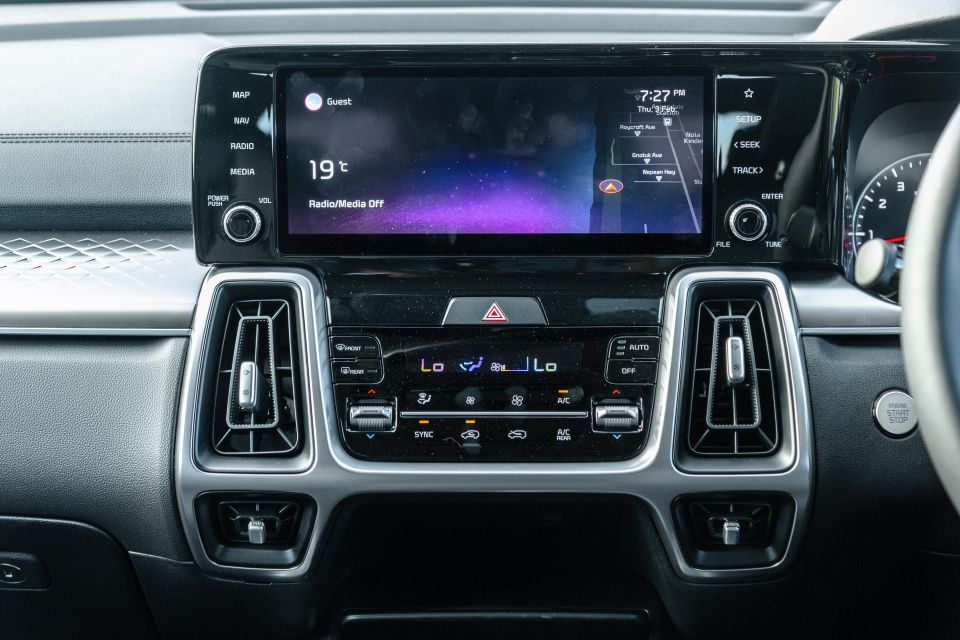
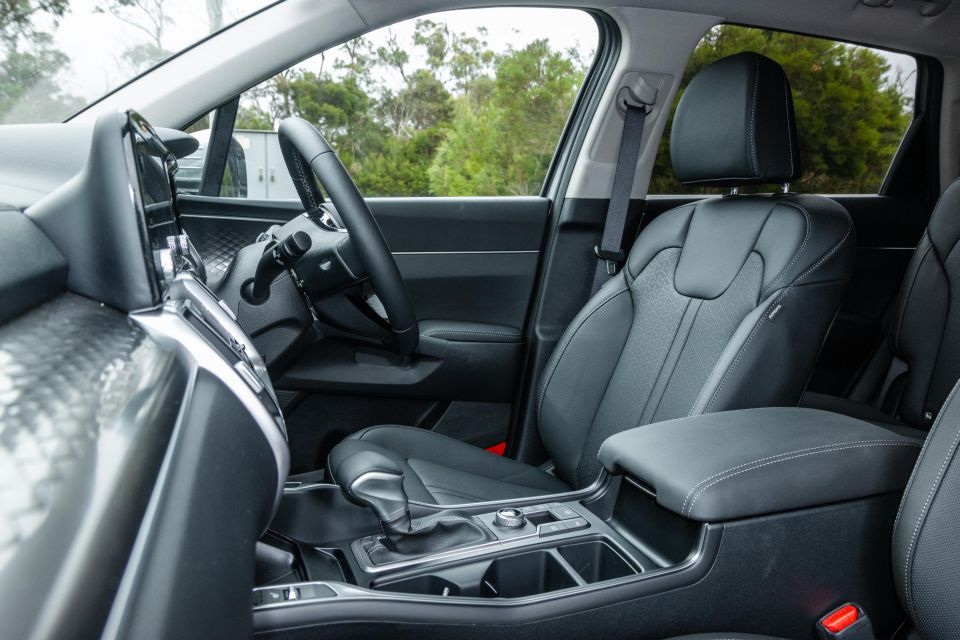
It’s heavy on black plastic, but the dashboard has a handsome design. The climate controls fall easily to hand, and the touchscreen infotainment system takes at least some inspiration from Mercedes-Benz with its gloss black housing.
By now, we’ve had plenty of experience with the widescreen infotainment system featuring in the latest Kia and Hyundai models. It’s intuitive to use and responds quickly to inputs, although the shortcut buttons in the top corner of the screen are hard to reach.
With digital radio, factory navigation, smartphone mirroring, and some neat touches like a Sounds of Nature program that mimics footsteps in crisp snow or the crackle of an open fire, it’s not short on features. It’s a shame there’s no wireless smartphone mirroring, though.
Unlike the GT-Line with its slick digital dashboard, the Sport+ has more conventional analogue dials flanking a colour trip computer. It’s easy to read and still has essentials like a digital speedo, but misses out on the excellent blind-spot view camera offered on the range-topper.

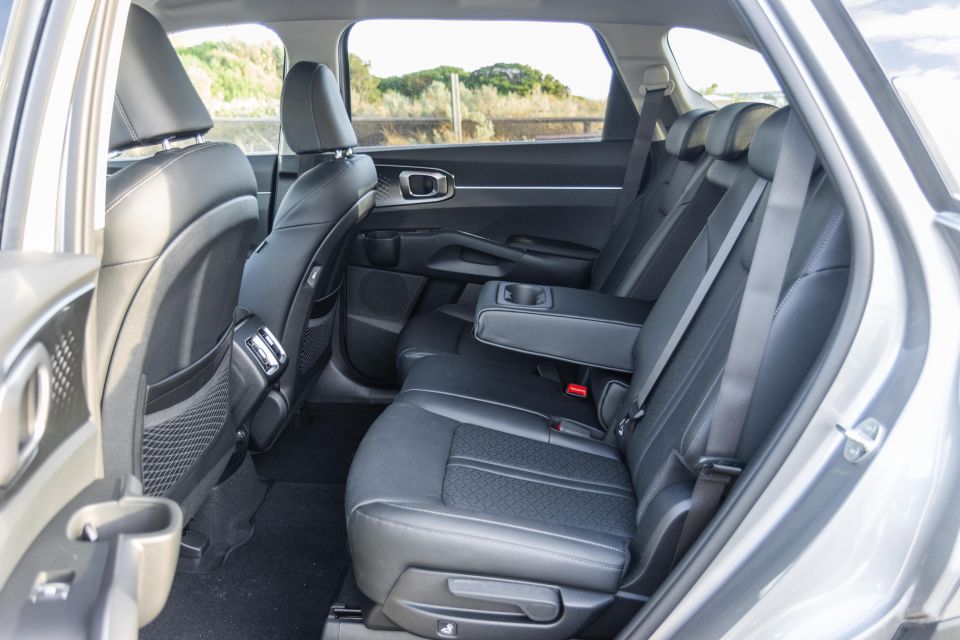

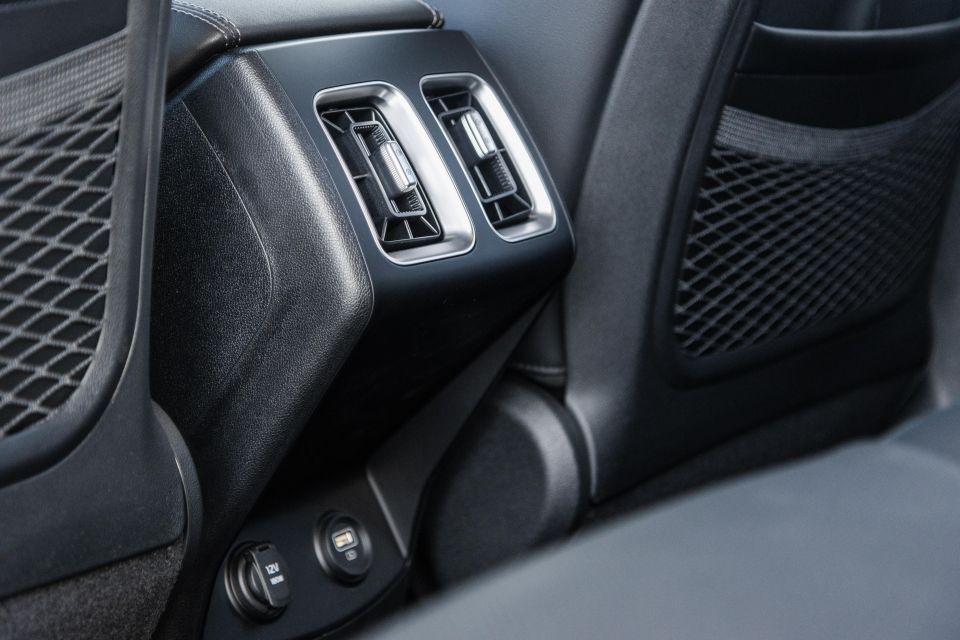
Also missing from the Sport+ is wireless phone charging, and Kia hasn’t yet followed most of its rivals to USB-C charge ports. With that said, you’re not short on places to plug in; there are three ports up front, four in the second row, and two in the third row.
There’s an abundance of storage space up front, with a huge space for phones under the dashboard, two cupholders on the transmission tunnel, a deep bin under the central armrest, and spacious door pockets.
Second-row legroom and headroom are both impressive for even leggy teenagers and full-sized adults, to the point where six-footers can happily sit behind six-footers. It’s impressive.
You’re not short on amenities, either. A fold-down central armrest is on hand to keep warring children separate, and there’s plenty of cupholders back there for road trips. Although there’s air vents, there’s no temperature controls for second-row occupants.
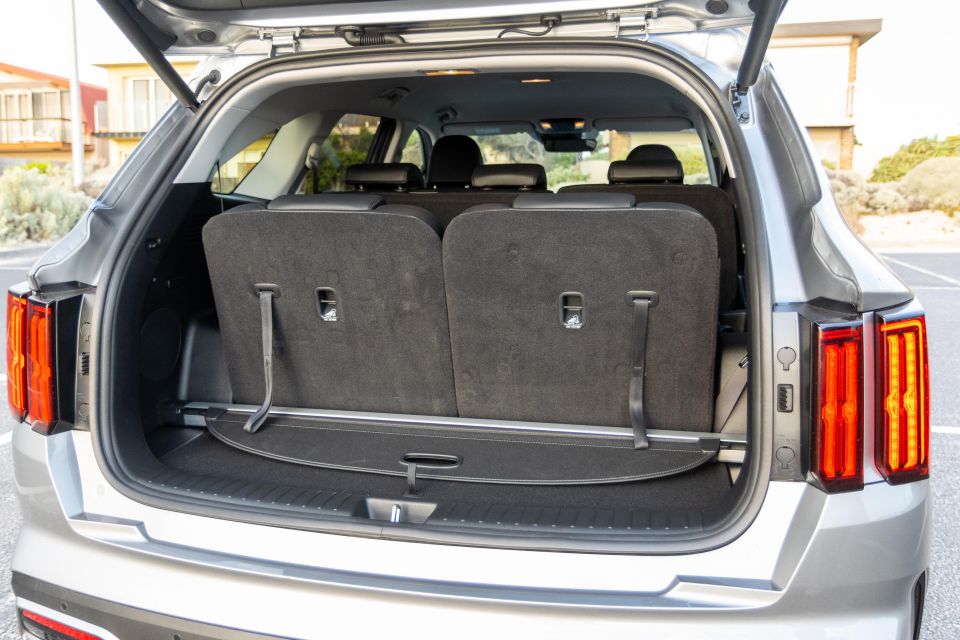
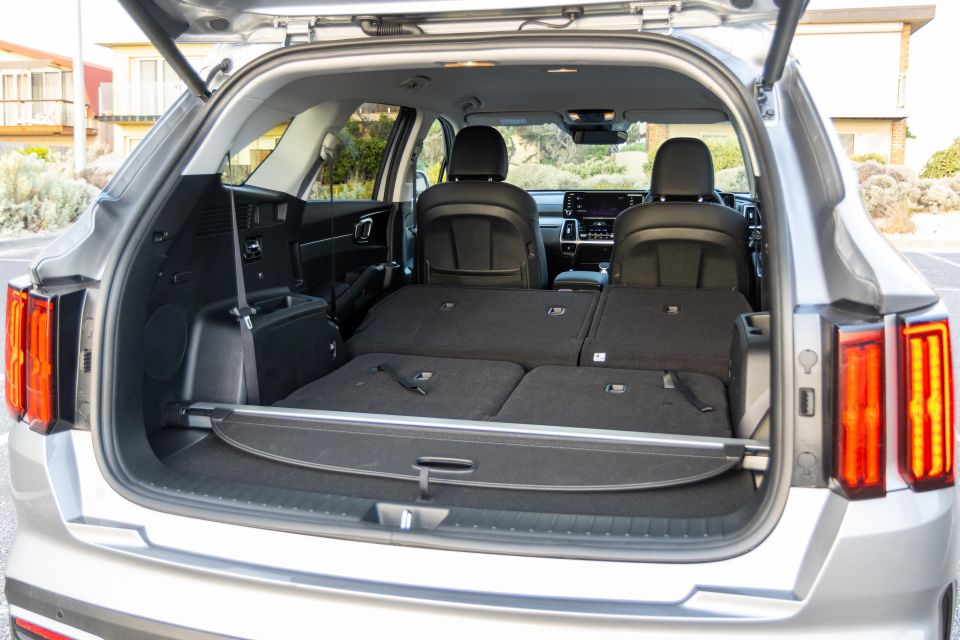
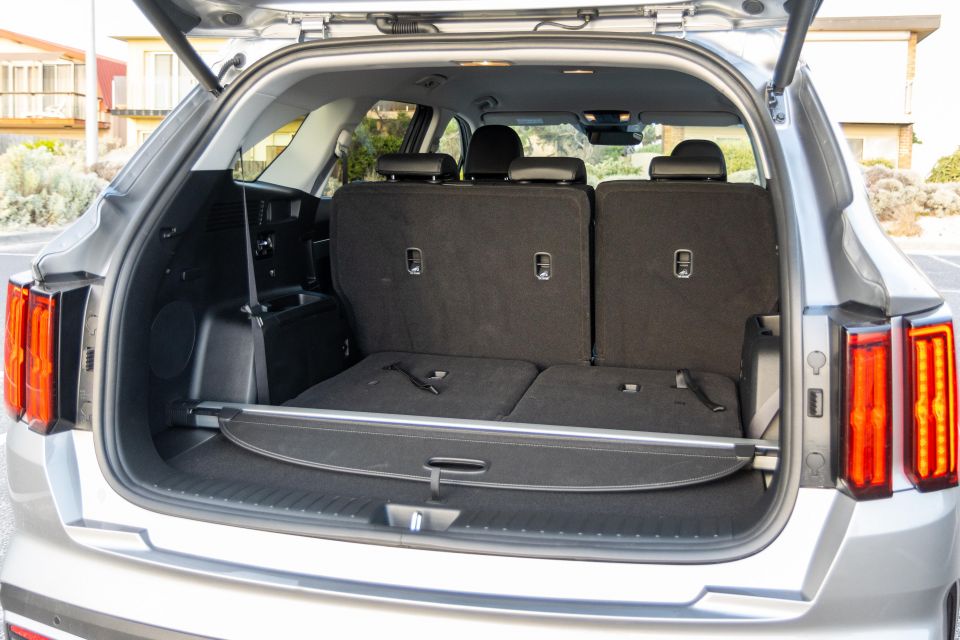
The third row is okay without being outstanding. As is usually the case in seven-seat SUVs, the rearmost seats are best reserved for small kids. Kia’s one-touch folding system for the second row makes access easier, but it’s a tight squeeze getting back there if you aren’t young and flexible.
Headroom is tight for adults, and the flat seats mean your knees will be up around your chin if you have long legs. Separate fan controls for the third row are a plus, as are the USB charge points and storage for a small bottle and phone.
In terms of luggage space, the Sorento offers 187L with the third row in place, 616L in its five-seat layout and 2011L with the second and third rows folded flat.
All versions feature a full-size alloy spare under the boot floor, and there’s even space to spare to stow the rear cargo blind.
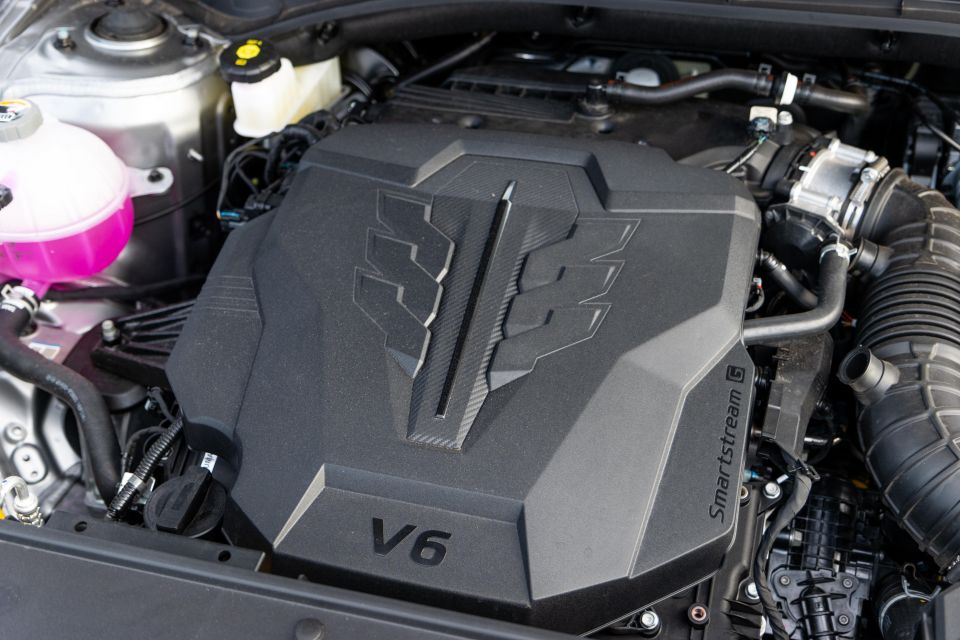
The Sorento is powered by a naturally-aspirated 3.5-litre V6 engine producing 200kW of power and 332Nm of torque, mated to an eight-speed torque-converter automatic transmission.
Unlike the turbo-diesel, the petrol Sorento is front-wheel drive only. Kia and Hyundai offer all-wheel drive in their petrol cars for the USA and Korea, but the same option isn’t built for right-hand drive countries.
Officially, the Sorento has an ADR combined fuel economy rating of 9.7 litres per 100km. We saw around the 10.0L mark on a long highway run, and 11.5L/100km over a week of more balanced commuting.
The Sorento has a 67L fuel tank, and drinks regular 91 RON unleaded fuel.

Sure, it’s significantly thirstier than the diesel, but the petrol engine in the Sorento still has a bit going for it.
It’s smooth and quiet when you’re cruising around town, and makes a lusty V6 noise when you really put your foot down. You need to work it harder than the diesel to get moving, though.
Where the diesel can just lean on its low-down torque at speed, the eight-speed transmission in the petrol has to kick down one, two, or three gears to find peak torque. It’s not as effortless, an effect that becomes more pronounced when you start filling seats.
On light throttle inputs though, the transmission does a good job just fading into the background. It slurs smoothly through the lower gears, and is happy enough to kick down when you demand more performance.

There’s no learning curve here; the Sorento feels entirely normal in a way the dual-clutch diesel doesn’t.
Regardless of whether you opt for the petrol or diesel engine, the Sorento rides well around town. It isolates you from the worst bumps and potholes, although sharper hits make their presence felt more than in lesser variants due to the 19-inch alloy wheels fitted to the Sport+.
The base Sorento is still one of the plushest-riding family SUVs out there, although you have to sacrifice some of the sexy features from the Sport+ and GT-Line to enjoy the benefits of putting ego aside and speccing small wheels.
Body control is impressive on the highway. The Sorento deals with big crests and dips in one movement, with no float or unsettling wallowing.
It’s a very happy long-range cruiser. Wind and road noise are well suppressed, and the engine hums away quietly in the background at 100km/h. There’s plenty of power in reserve for high-speed overtakes, although the petrol engine needs revs to deliver its maximum performance.
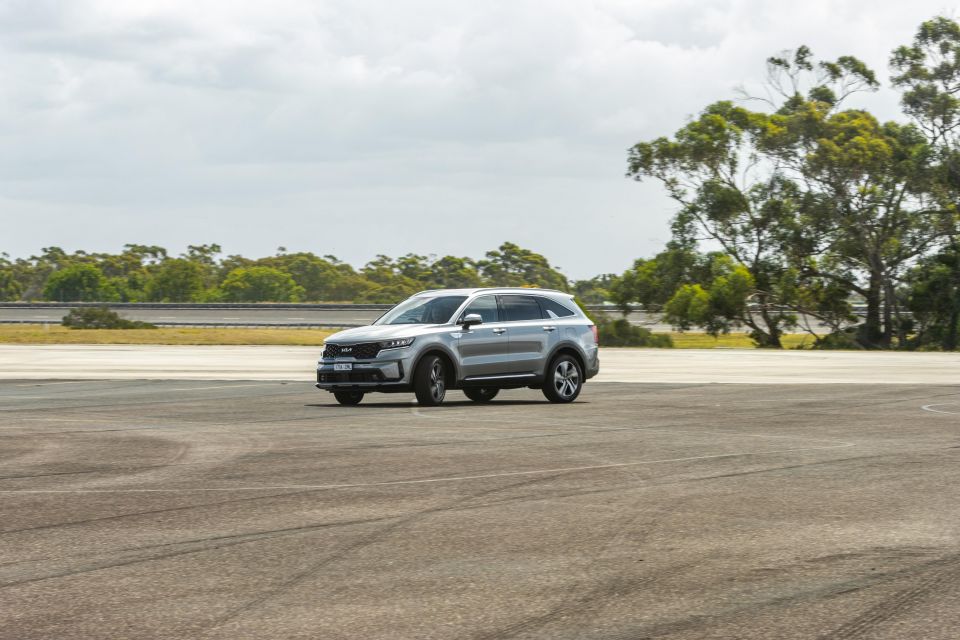
Where expert car reviews meet expert car buying – CarExpert gives you trusted advice, personalised service and real savings on your next new car.
The adaptive cruise control is steady when it’s following another car, and the lane-centring system effectively keeps the Sorento between the white lines.
Some of our team members really like Kia’s lane-centring, others find it a bit heavy-handed. I fall into the second camp, and generally turn it off using the button on the steering wheel.
Likewise the lane-keeping assist, which is way too grabby in the city. Rather than fading into the background it’s constantly trying to assert itself.
Although it’s a big car, the Sorento isn’t hard to drive in town. The steering is light at low speeds, and visibility is decent out of the upright windows. There’s also a reversing camera and parking sensors at both ends, so there’s no excuse for carpark scrapes.
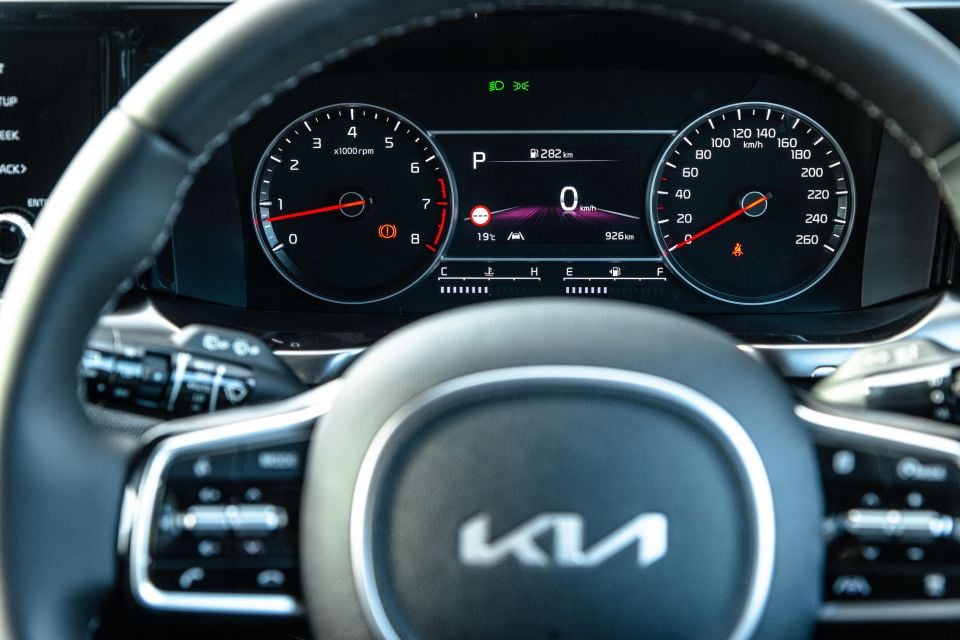
In addition to its seven-year, unlimited-kilometre warranty, Kia offers seven years of capped-price servicing.
Scheduled maintenance is required every 12 months or 15,000km for both the petrol and diesel models.
Over seven years, a petrol Sorento will cost $3449 to service against $3463 for a diesel Sorento. That means the average service cost works out to be just $2 in the V6’s favour.

The Sorento remains one of the best seven-seat SUVs on sale in Australia, and the Sport+ is the smart buy in the range.
Although the longer equipment list of the GT-Line is tempting, it’s full of nice to have features rather thanessentials.
Even after a price hike the Sorento Sport+ represents good value alongside the Hyundai Santa Fe and Mazda CX-9, and it’s still a well-resolved car to drive.

There’s space for the whole family, and Kia has done a great job balancing design flair with the sort of hard-wearing practicality parents demand inside.
The petrol does good things for the value equation, but it’s not the engine we would be buying. It’s thirstier than the diesel, lacks the all-weather security of all-wheel drive, and needs to be worked harder to get moving with a load on board.
If all you care about is the upfront price, it makes sense. If you’re spending time on the highway, or want to play the long game, the diesel is the smarter buy.
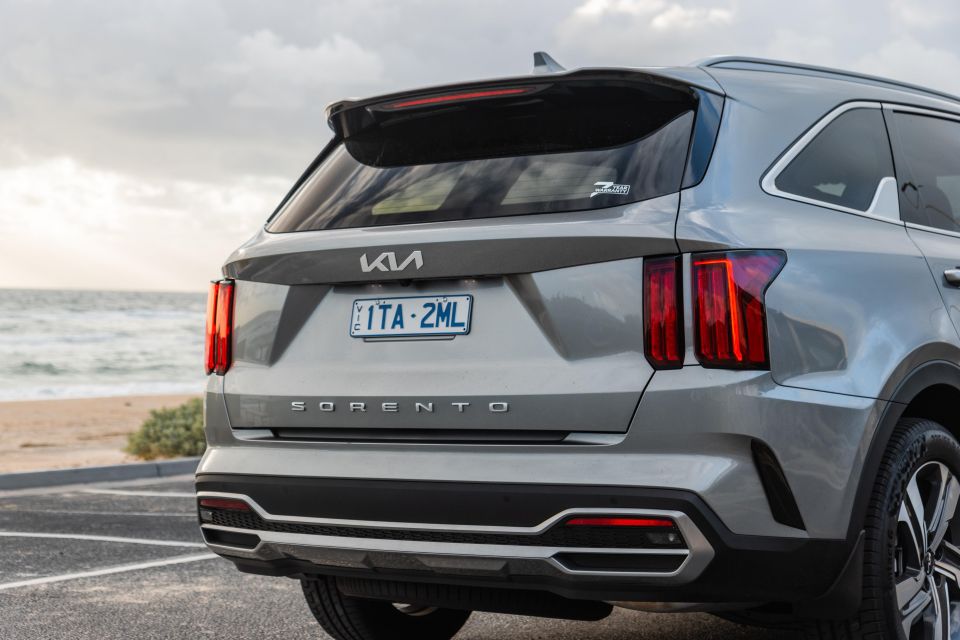
Click the images for the full gallery
MORE: Everything Kia Sorento
Where expert car reviews meet expert car buying – CarExpert gives you trusted advice, personalised service and real savings on your next new car.
Scott Collie is an automotive journalist based in Melbourne, Australia. Scott studied journalism at RMIT University and, after a lifelong obsession with everything automotive, started covering the car industry shortly afterwards. He has a passion for travel, and is an avid Melbourne Demons supporter.


Max Davies
5 Hours Ago


William Stopford
5 Hours Ago


Derek Fung
6 Hours Ago


Max Davies
13 Hours Ago


William Stopford
1 Day Ago


Ben Zachariah
1 Day Ago